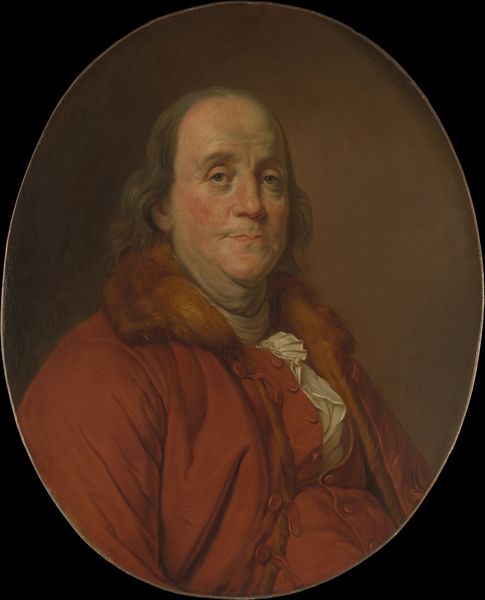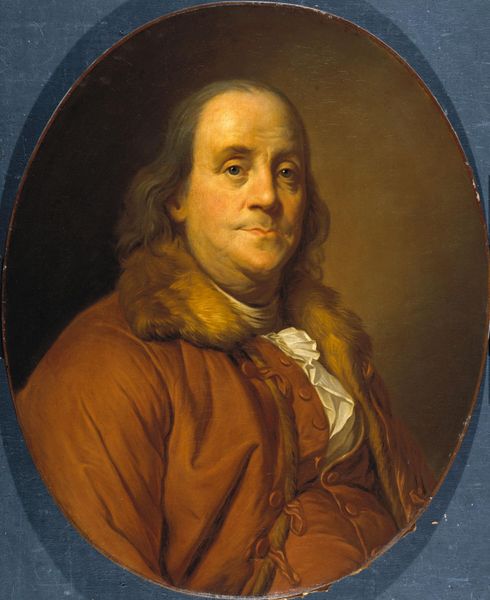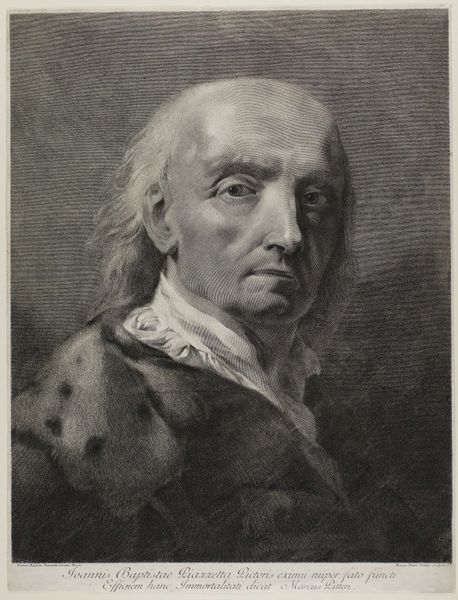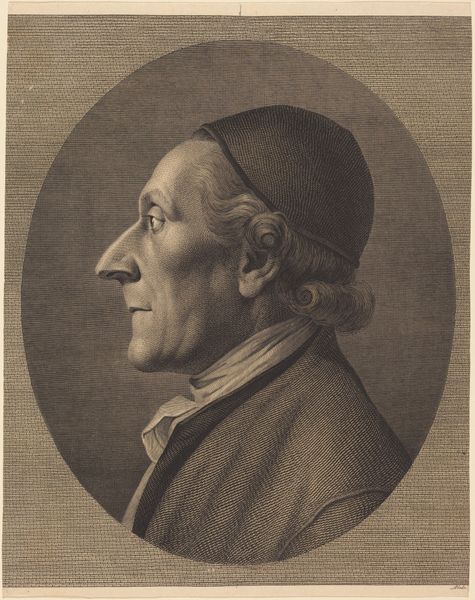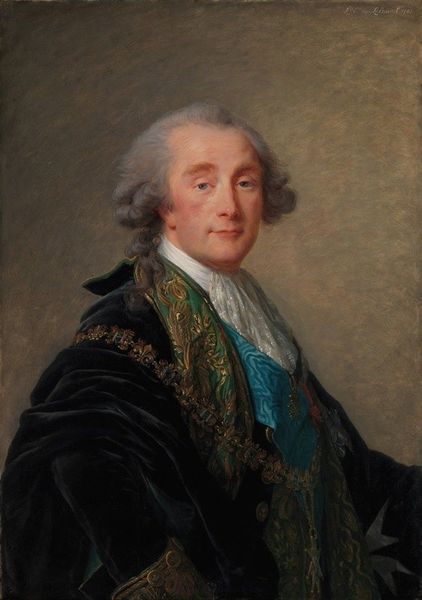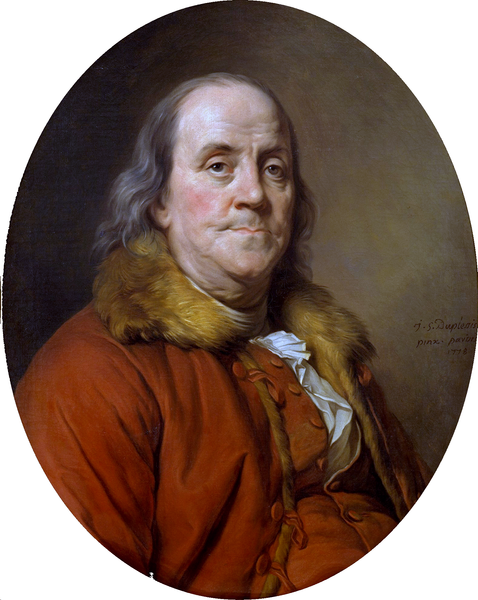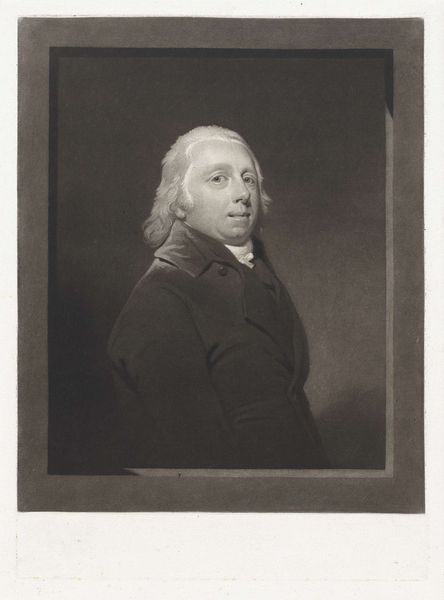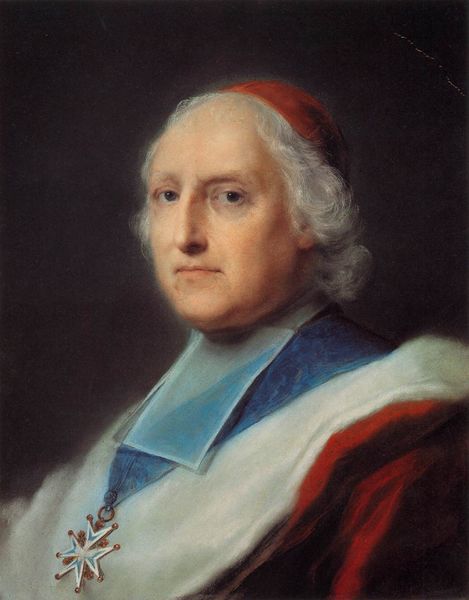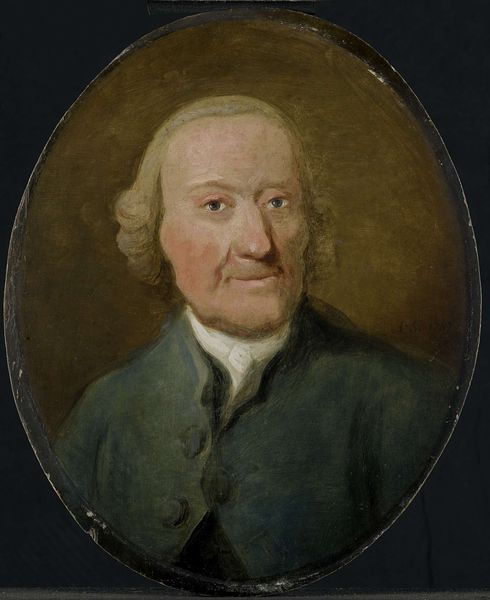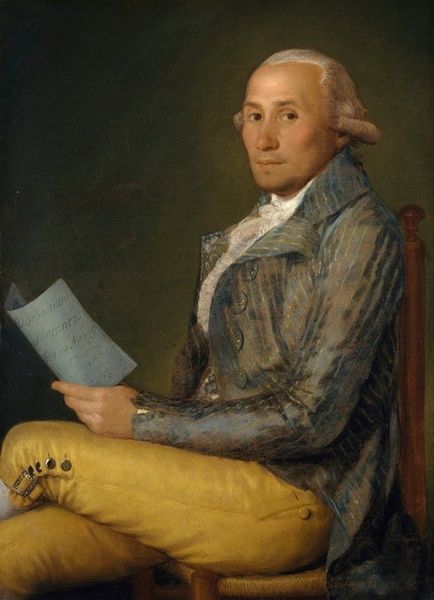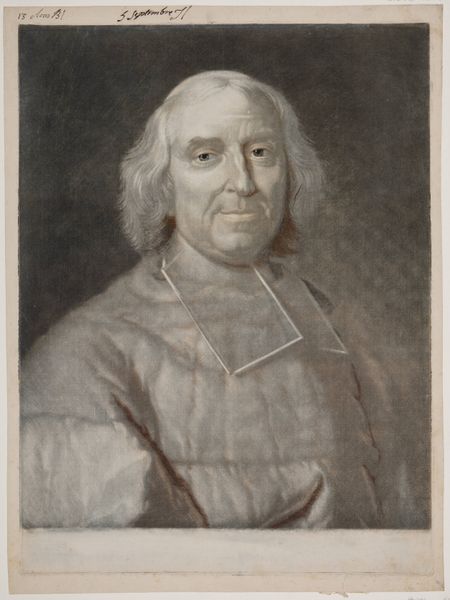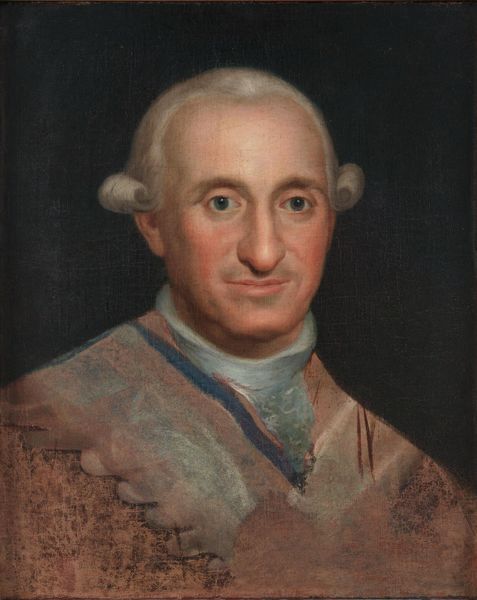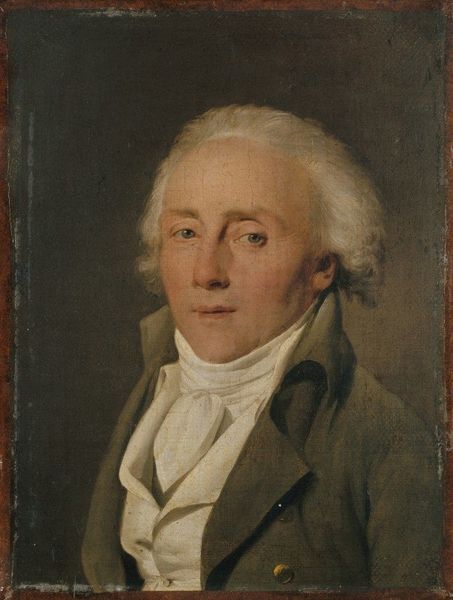
painting
#
portrait
#
baroque
#
painting
#
realism
Copyright: Public domain
Editor: Here we have "Portrait De Joseph Péru" by Joseph Duplessis. It's a painting and the Baroque and Realism styles are quite apparent. I’m struck by the subject's very direct gaze; it feels very confrontational. What do you see in this portrait, particularly regarding its historical context? Curator: It's compelling to consider this portrait through a lens of class and social power. Notice the man's somewhat disheveled state, juxtaposed with the conventions of formal portraiture. It begs the question, who was Joseph Péru, and what was his relationship to the artist and to the broader societal structures of the time? Was Duplessis perhaps challenging the rigid social hierarchy through this portrayal? Editor: That’s a great point. I hadn't considered the social dynamics at play here, but your framing makes me see the image differently. Curator: Portraits like this one can tell us a lot about the complexities of identity. Does Péru's clothing, which appears almost functional, suggest a rejection of aristocratic pretense, or perhaps an attempt to subtly align himself with a certain ideal? Consider what his direct gaze signifies—defiance, vulnerability, or something in between? Editor: That makes me wonder about the artist's intentions. Did Duplessis see himself as a social commentator or was he merely documenting reality? Curator: Perhaps both. Artists rarely operate in a vacuum; their choices reflect and often refract the socio-political realities surrounding them. We must ask ourselves whose stories get told, whose voices are amplified, and what biases might be embedded, even unconsciously, in the art we see. Editor: I'm walking away from this conversation seeing how much a portrait can reflect class dynamics and power relationships of the time. It’s really inspiring me to look more deeply into historical portraiture. Curator: Indeed! And hopefully, we've sparked some thought about how these dynamics continue to influence art and society today.
Comments
No comments
Be the first to comment and join the conversation on the ultimate creative platform.

